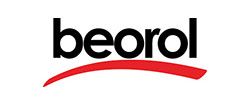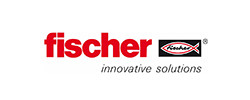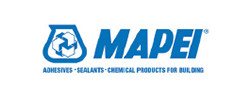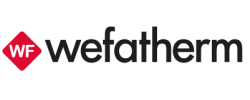According to the American Concrete Institute (ACI) Committee 308-92, “Curing is the maintaining of a satisfactory moisture content and temperature in concrete during its early stages so that the desired properties may develop”.
- Purpose: preventing/reducing evaporation of water from the concrete surface in its early life
- Before setting
- After setting (typically for 7 days)
Curing Methods
- Water – simplest
- Wet Hessian
- Plastic sheeting
- Curing Compounds
Effects of Inadequate Curing
Plastic shrinkage: occurs when the rate of evaporation exceeds the rate of bleed – causes loss of volume in concrete
the surface creates stress and cracks.
- Drying shrinkage: occurs on the surface of slabs or struck faces after removing shutters
- Increased permeability: occurs when hydration cannot be completed, i.e. until the continuous porosity in the concrete is not completely blocked
- Reduced strength & abrasion resistance: incomplete hydration can cause the concrete to not reach its full strength; a dried out top surface can become very dusty & will have a poor abrasion resistance
- Reinforcement corrosion: high permeability of concrete surface allows aggressive materials to enter easily. Carbon dioxide will rapidly penetrate & neutralize the concretes natural high pH, leading to the depassivation of the steel and susceptibility to corrosion. Cracking enhances this process.
- Surface damage: lack of strength & wear resistance can easily lead to rapid surface damage.
Curing Compound Application
- Must be applied as soon as possible after the concrete has been poured into place.
- Shall be applied after the bleeding on the surface of the concrete has disappeared.
- Must be evenly applied to the whole surface of the concrete by using a suitable spray application.
- Should not be disturbed until a stable film has formed and the concrete has stiffened.
For more information, refer to the material TDS and method statement of the curing compounds

Sign up for ideas and advice notifications
never miss the latest blogs, news, podcasts or events. sign up to notified when we publish something new.
Notify me









































